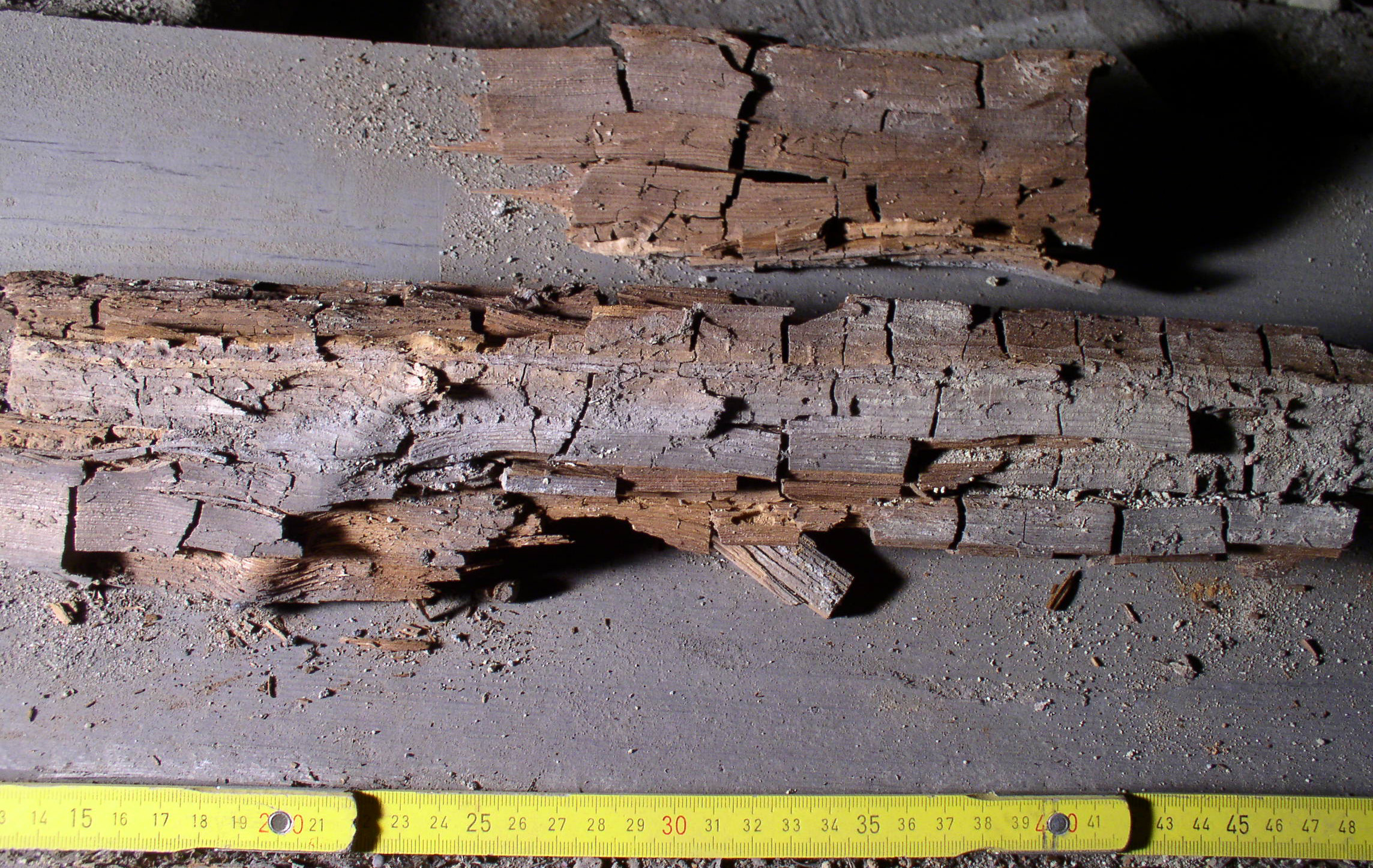|
Tropicoporus Linteus
''Tropicoporus linteus'' is a tropical American mushroom. Its former name ''Phellinus linteus'' is applied wider, including to Meshimakobu, an East Asian mushroom. Taxonomy ''Polyporus linteus'' was named by Miles Joseph Berkeley and Moses Ashley Curtis and first reported with specimen from Nicaragua in 1860. ''Phellinus linteus'' was a rename by Shu Chun Teng, Shu Chün Teng in 1963. It was renamed ''Tropicoporus linteus'' by Li-Wei Zhou and Yu-Cheng Dai in 2015. The following mushrooms are applied with the name ''Phellinus linteus'': Americas * ''Phellinus linteus'' per se, the tropical American species, now ''Tropicoporus linteus'' * In subtropical South America, ''Phellinus linteus'' on ''Cordia americana'' is actually ''Tropicoporus drechsleri''; specimens collected on other plant hosts require further studies. Asia * Meshimakobu, ''Phellinus linteus'' in East Asia Africa * ''Xanthochrous rudis'', an African species formerly regarded as a synonym of ''Phellinus linteus'' ... [...More Info...] [...Related Items...] OR: [Wikipedia] [Google] [Baidu] |
National Museum Of Natural History, France
The French National Museum of Natural History ( ; abbr. MNHN) is the national natural history museum of France and a of higher education part of Sorbonne University. The main museum, with four galleries, is located in Paris, France, within the Jardin des Plantes on the left bank of the River Seine. It was formally founded in 1793, during the French Revolution, but was begun even earlier in 1635 as the royal garden of medicinal plants. The museum now has 14 sites throughout France. Since the 2014 reform, it has been headed by a chairman, assisted by deputy managing directors. The Museum has a staff of approximately 2,350 members, including six hundred researchers. It is a member of the national network of naturalist collections (RECOLNAT). History 17th–18th century File:Jardin du roi 1636.png, The Royal Garden of Medicinal Plants in 1636 File:Buffon statue dsc00979.jpg, Statue of Georges-Louis Leclerc, Comte de Buffon in the formal garden File:Buffon, Georges Louis - Lecle ... [...More Info...] [...Related Items...] OR: [Wikipedia] [Google] [Baidu] |
White Rot
A wood-decay or xylophagous fungus is any species of fungus that digests moist wood, causing it to rot. Some species of wood-decay fungi attack dead wood, such as ''Serpula lacrymans'', and some, such as '' Armillaria'' (honey fungus), are parasitic and colonize living trees. Excessive moisture above the fibre saturation point in wood is required for fungal colonization and proliferation. In nature, this process causes the breakdown of complex molecules and leads to the return of nutrients to the soil. Wood-decay fungi consume wood in various ways; for example, some attack the carbohydrates in wood, and some others decay lignin. The rate of decay of wooden materials in various climates can be estimated by empirical models.Viitanen, T. et al. (2010). Towards modelling of decay risk of wooden materials. European Journal of Wood and Wood Products 68:303-313. Wood-decay fungi can be classified according to the type of decay that they cause. The best-known types are brown rot, soft ... [...More Info...] [...Related Items...] OR: [Wikipedia] [Google] [Baidu] |
Taxa Named By Moses Ashley Curtis
In biology, a taxon (back-formation from ''taxonomy''; : taxa) is a group of one or more populations of an organism or organisms seen by taxonomists to form a unit. Although neither is required, a taxon is usually known by a particular name and given a particular ranking, especially if and when it is accepted or becomes established. It is very common, however, for taxonomists to remain at odds over what belongs to a taxon and the criteria used for inclusion, especially in the context of rank-based (" Linnaean") nomenclature (much less so under phylogenetic nomenclature). If a taxon is given a formal scientific name, its use is then governed by one of the nomenclature codes specifying which scientific name is correct for a particular grouping. Initial attempts at classifying and ordering organisms (plants and animals) were presumably set forth in prehistoric times by hunter-gatherers, as suggested by the fairly sophisticated folk taxonomies. Much later, Aristotle, and later still ... [...More Info...] [...Related Items...] OR: [Wikipedia] [Google] [Baidu] |
Fungi Of South America
A fungus (: fungi , , , or ; or funguses) is any member of the group of eukaryotic organisms that includes microorganisms such as yeasts and molds, as well as the more familiar mushrooms. These organisms are classified as one of the traditional eukaryotic kingdoms, along with Animalia, Plantae, and either Protista or Protozoa and Chromista. A characteristic that places fungi in a different kingdom from plants, bacteria, and some protists is chitin in their cell walls. Fungi, like animals, are heterotrophs; they acquire their food by absorbing dissolved molecules, typically by secreting digestive enzymes into their environment. Fungi do not photosynthesize. Growth is their means of mobility, except for spores (a few of which are flagellated), which may travel through the air or water. Fungi are the principal decomposers in ecological systems. These and other differences place fungi in a single group of related organisms, named the ''Eumycota'' (''true fungi'' or ''Eumycete ... [...More Info...] [...Related Items...] OR: [Wikipedia] [Google] [Baidu] |


